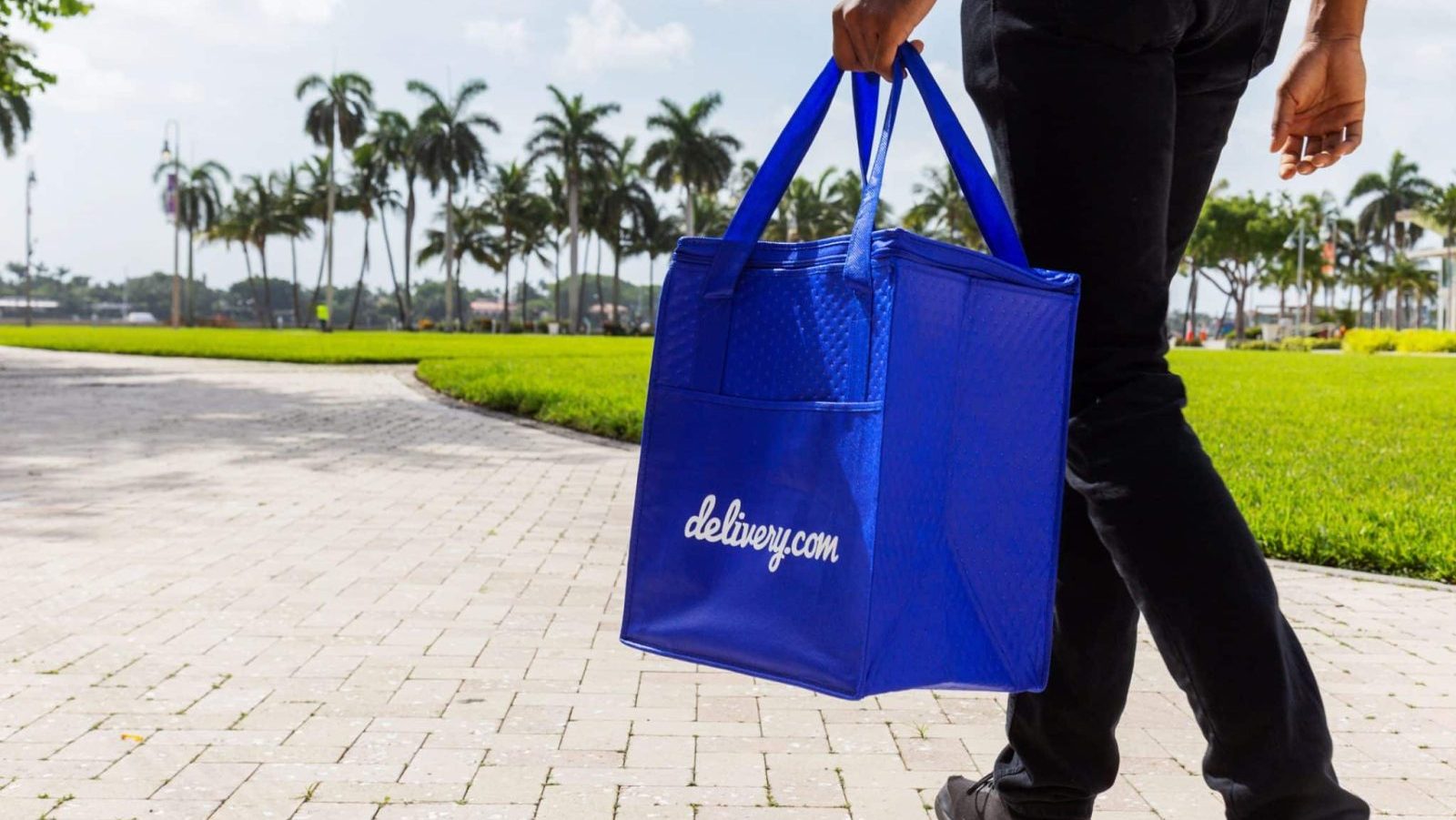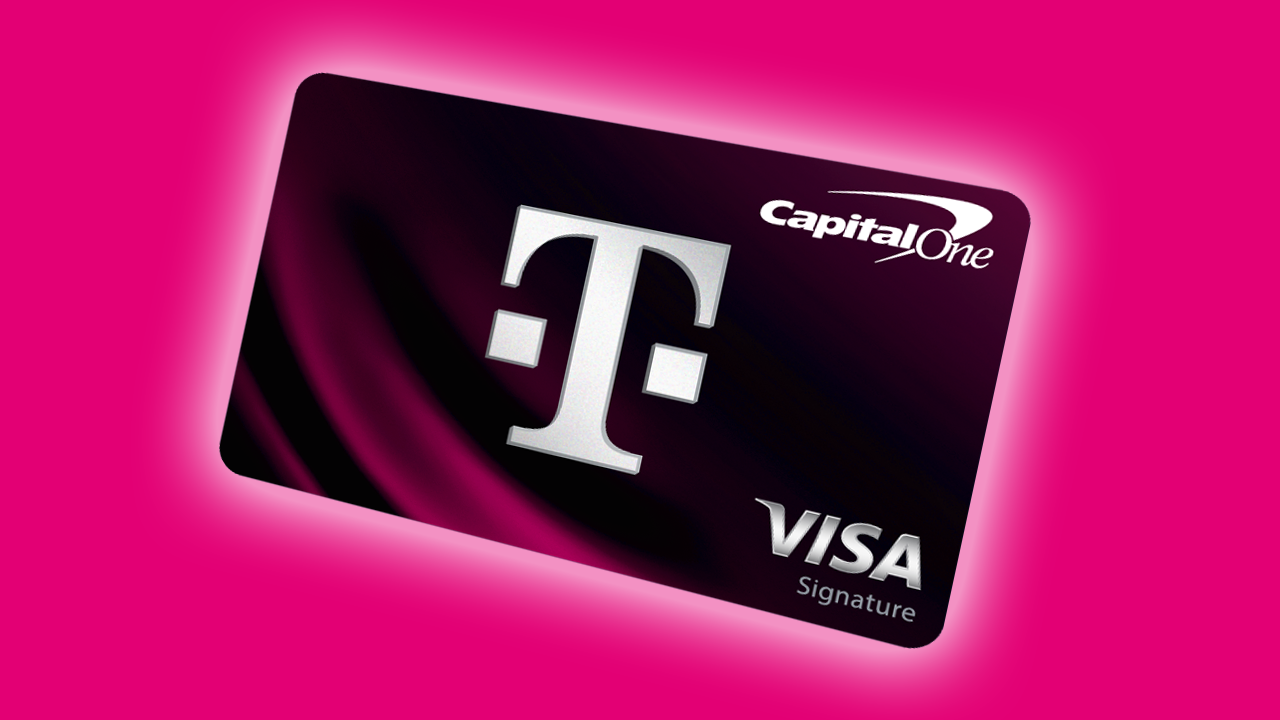Personal lines insurance is very price-sensitive. As discussed previously, maintaining a 20+% expense ratio is not feasible for insurers. Beyond pricing, what truly fosters customer loyalty, and how can insurers compete to increase their market share?
In this blog, I explore strategies for enhancing customer loyalty and retention, provide forecasts on the evolving risk landscape for auto and home insurance, and discuss Accenture’s predictions for how personal lines insurance buying behaviors might shift over the next decade.
The changing landscape of personal lines risk
Personal lines insurance has evolved from a specialty product to a digital commodity. Initially traded manually, it has now become a globally traded digital product. With around 4 billion vehicles and homes worldwide, personal lines insurance is both a global commodity and a constantly evolving risk.
The risk landscape varies significantly between auto and home insurance. Auto insurance covers a homogenous risk profile with approximately 600 common vehicle models globally. The rise of electric and autonomous vehicles is reshaping road regulations and vehicle repair processes and introduces new risks requiring product liability and cyber coverages.
Conversely, home insurance covers a heterogeneous risk profile with countless types of homes and building standards. The underlying home risk is significantly impacted by extreme weather that affects both frequency and severity of the damages. It’s fair to predict that extreme weather will not only impact ratings, but also building codes which would provide additional variables to price on.
While home and auto insurance represent key areas for personal lines insurance, consumers are also coping with the impacts of large-scale disruption – a volatile economic environment, residual impacts of the COVID-19 pandemic and the ongoing technology revolution have all shifted global dynamics significantly. Today, a consumer’s felt need for insurance is high, and the areas of risk that have them most concerned are shifting. We found that the rising cost of living and climate change were two top areas where consumers felt concerned about the risks but also least protected.
Generational shifts in insurance buying
The core consumers of insurance are changing. Millennials, the first generation of digital natives, are entering their peak insurance buying years. Insurers must cater to this demographic’s unique needs. Across all demographics, there is a demand for more, better, and faster services. Consumers want their unique needs met quickly and easily and are willing to share their data in exchange for a tangible better experience and product.
Strategic areas for enhancing value proposition
- Brand identity in customer interactions: Ensure that the brand identity is palpable in every customer interaction, creating a consistent and recognizable brand experience across all touchpoints.
- AI-augmented employees: Instead of focusing on implementing AI solutions, focus on augmenting employees with AI to provide more personalized and empathetic interactions, ensuring customers feel deeply understood. This is a fine, but critical nuance.
- Compelling digital experiences: Craft digital experiences that foster emotional connections. For instance, in travel insurance, offering dynamic updates on extreme weather, top tourist attractions, and local health advisories can significantly enhance customer engagement. Traditional risk mitigation notifications do not foster emotional connections with the customer.
- Real benefits for digital adoption: Ensure customers recognize tangible benefits from adopting digital channels, such as significantly faster resolution times and personalized digital interactions, making the digital shift worthwhile.
Creating compelling digital experiences for customers is key for enhancing customer loyalty. Recently, we worked with an insurer to address low engagement between agents and customers, insufficient customer information, and a lack of visibility for managing leads. The insurer and Accenture deployed an AI-enabled app to their customers; the app was incredibly intuitive and built using a scalable design for market adoption across Asia. The solution offered automated customer relationship management, marketing content recommendations, next-best-action recommendations, customer insights, 360 degrees customer insights, and agent performance management.
The results? 424% premium growth and 671% pipeline generated, proving that compelling digital experiences are worth their weight in gold.
Shifts in consumer buying channels
Traditional methods of purchasing insurance through brokers and agents are expected to decline in favor of direct sales and embedded insurance models. Munich RE have said that embedded insurance is projected to grow at a CAGR of 25% until 2030, potentially accounting for over US$ 500 billion in gross written premiums globally by 2030 for P&C lines.
Consumers show increasing interest in embedded insurance offers, where relevant risk protection is integrated into their purchase. For example, the share of consumers likely to buy auto insurance from a car dealer has increased from 32% to 42% since 2018. Consumers also want solutions beyond traditional home and auto insurance bundling, such as complete house buying services and home monitoring services.
Focus areas for insurers
- Performance and efficiency: Develop the best features and products.
- Experience and convenience: Delight customers with exceptional service.
- Solving, not selling: Play a relevant role in customers’ lives while creating value for all.
As the insurance landscape evolves, we must continue to harness the power of AI to turn challenges into opportunities. By empowering businesses with AI-driven solutions, we don’t just create tools – we transform possibilities into measurable success. In this journey of innovation, we redefine what’s possible, ensuring that the future of insurance isn’t just anticipated – it’s actively shaped.
Publisher: Source link











